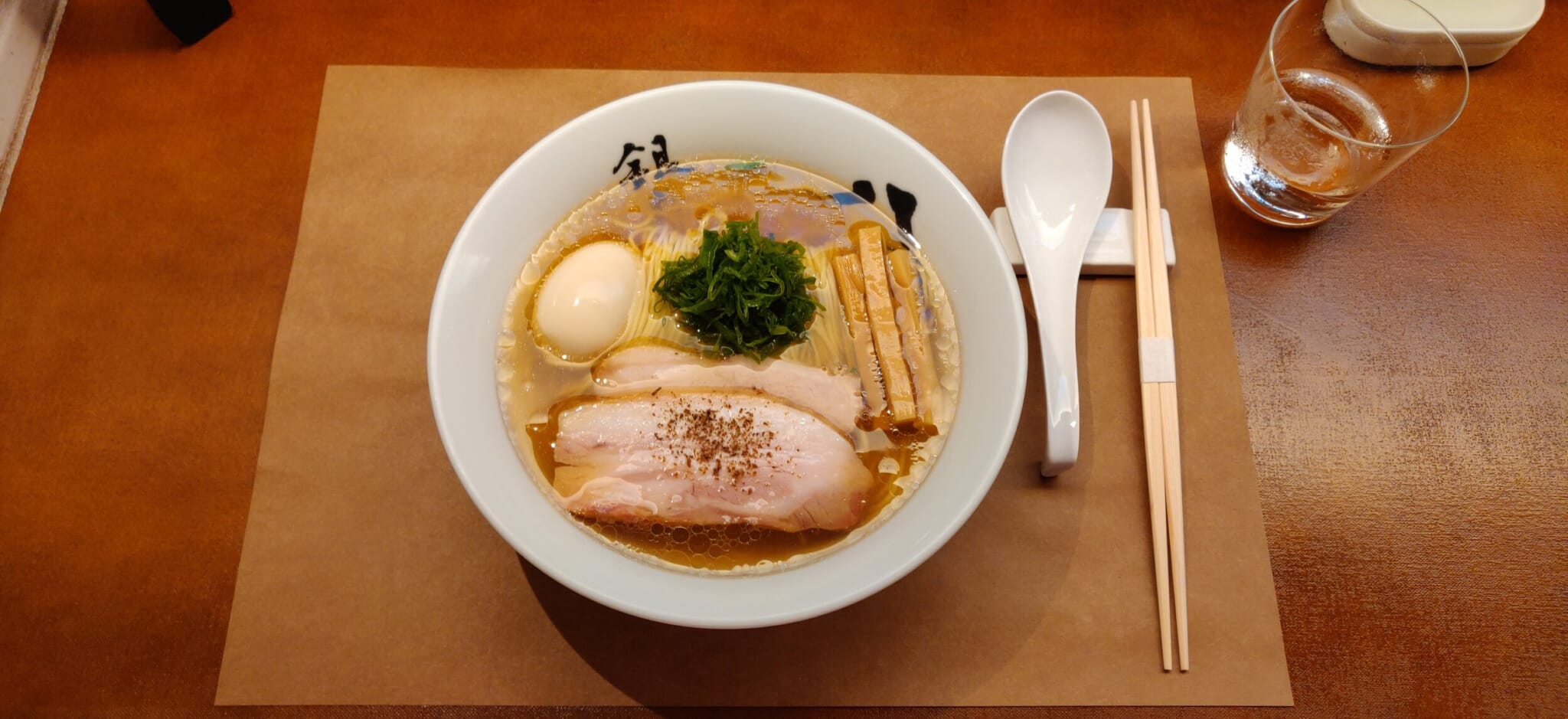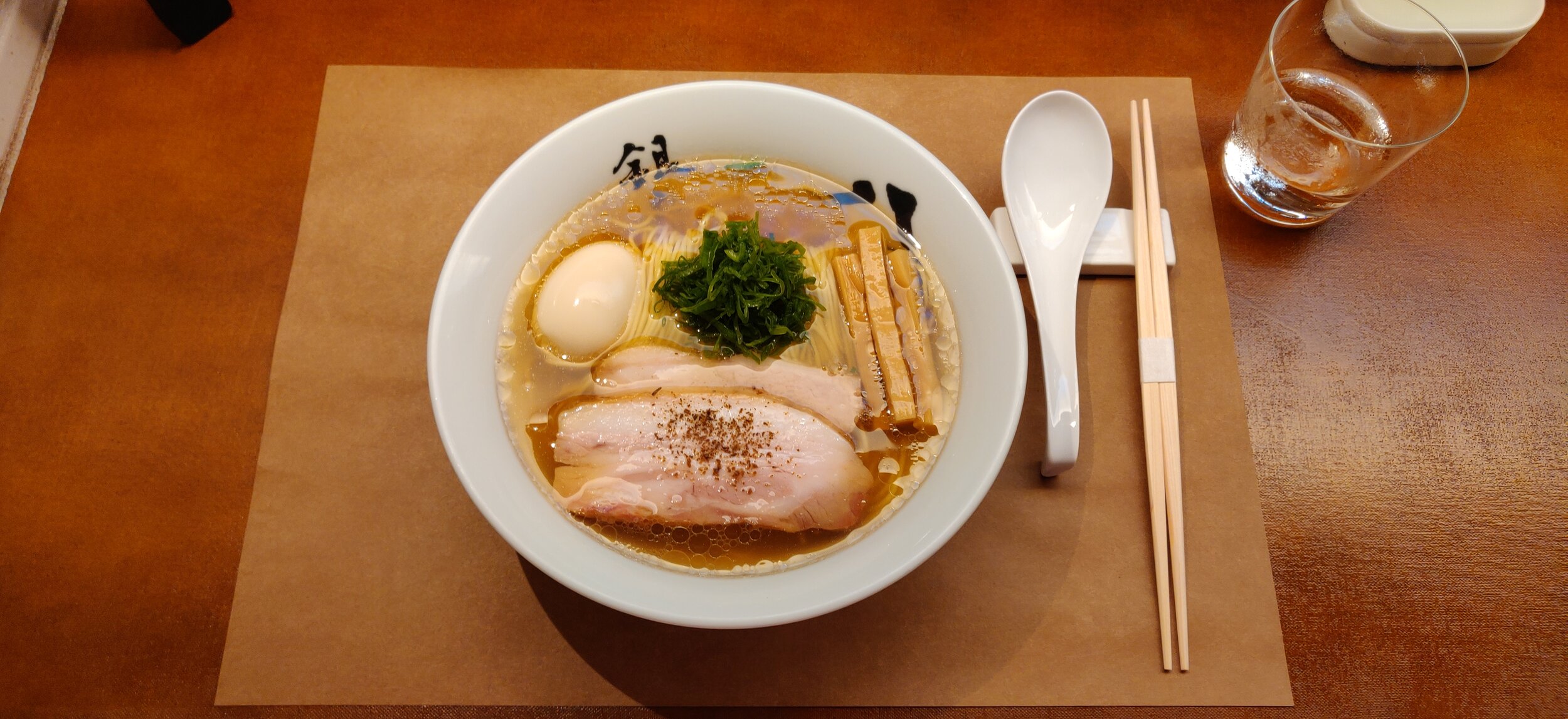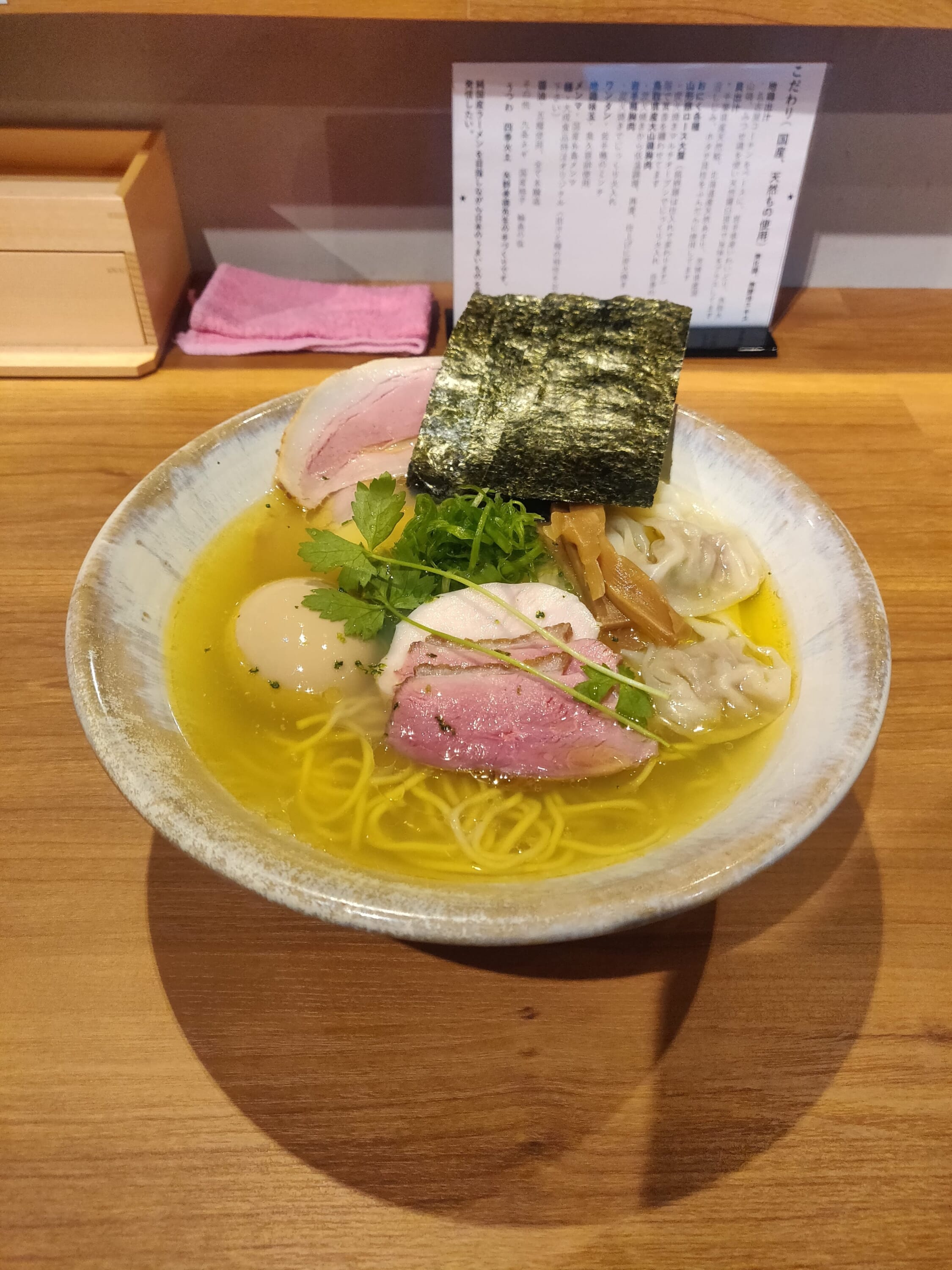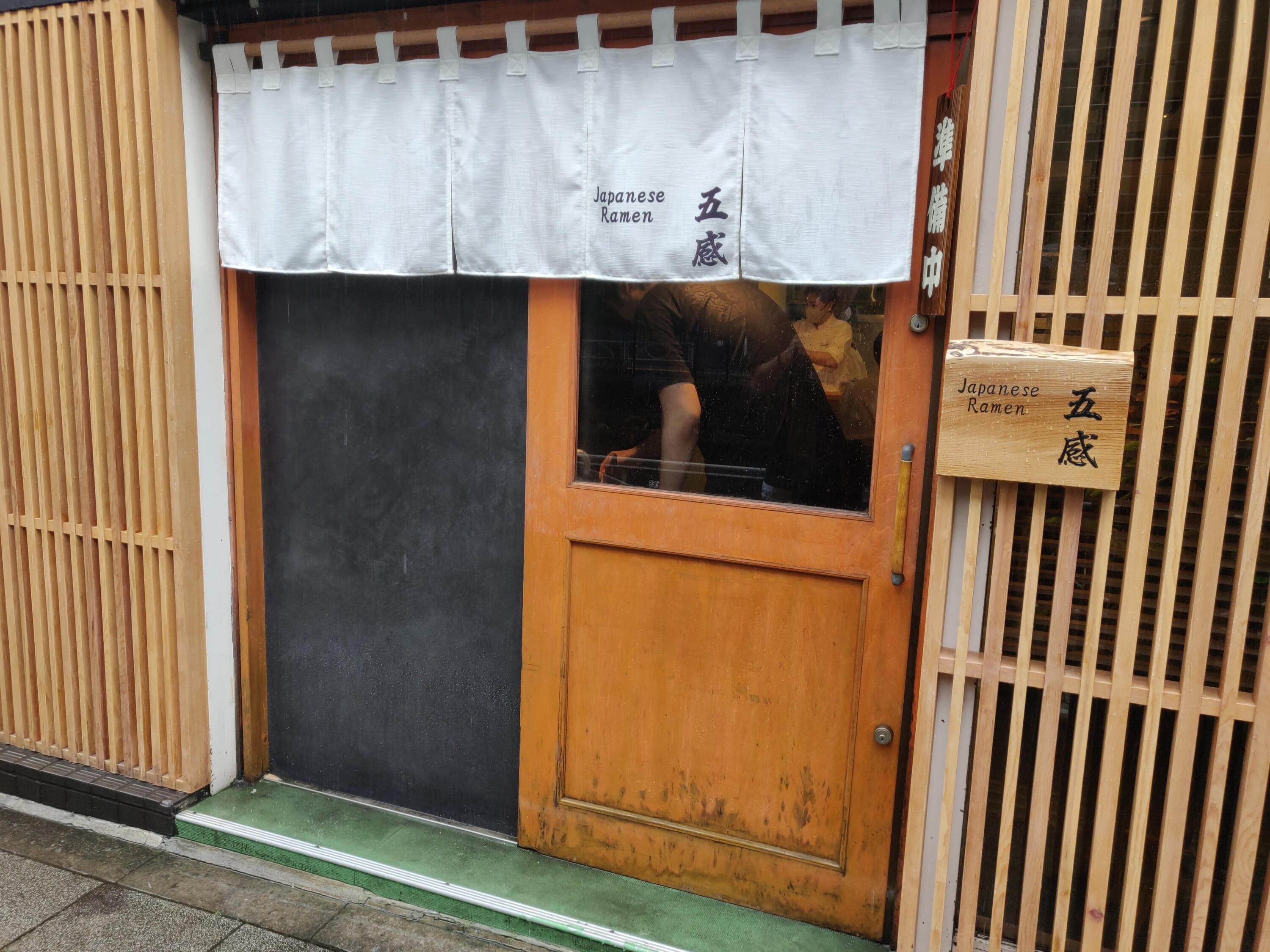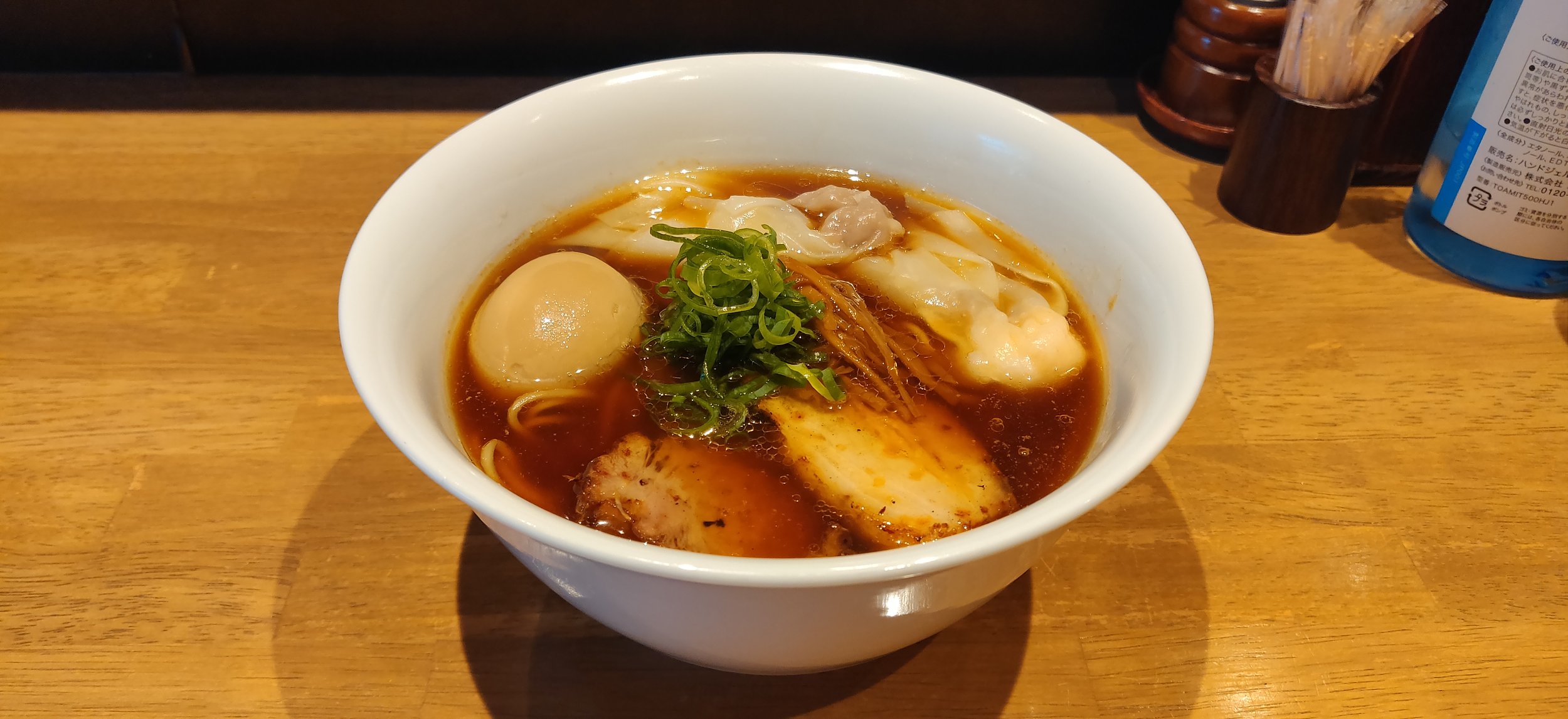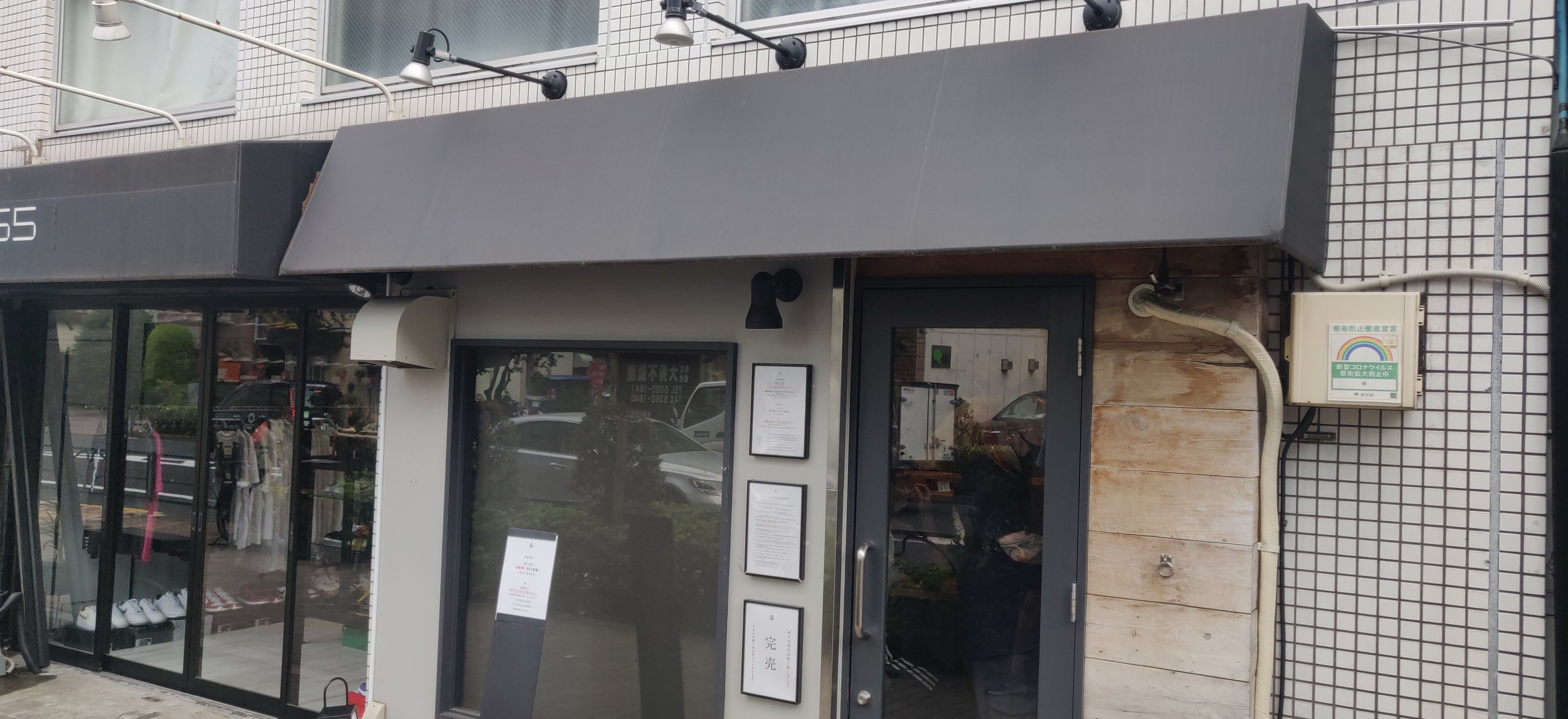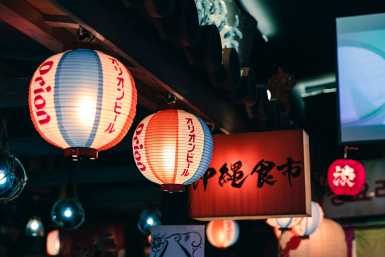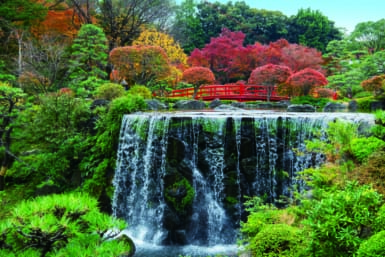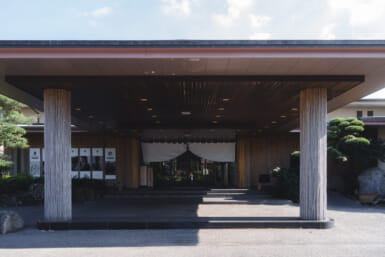Ramen was once an afterthought to most Tokyo tourists; a cheap meal for those traveling on a budget, or a quick stop to witness the local food scene after a long day exploring the city. Even for locals, ramen was seen as a meal for the common people, where no more than ¥1,000 could easily leave you full and satisfied.
However, in 2015, everything changed. Why? Because Japanese Soba Noodles Tsuta became the first ramen shop to receive a Michelin star. The newfound recognition of gourmet ramen ignited a trend where ramen shops began teetering the line between cheap eats and fine dining. More ramen shops received stars in the years that followed. While those stars have since been lost, the recognition the stores received led to long lines, which quickly became a nuisance to local residents.
In an effort to help keep customers from waiting outside, many of the more popular ramen shops have switched over to online reservations. But is it worth it? Below are three of the most popular reservation shops with some alternatives to consider if you can’t be bothered to compete with the foodies online.
Reservation Shop: Ginza Hachigou
The most recent of the shops to win (and then lose) a Michelin star was the ritzy Ginza Hachigou, located about a five-minute walk from Higashi-ginza station. Since being featured in the famed Michelin Guide, the restaurant switched over to a hybrid system in which you can line up or make online reservations via TableCheck. Guests can wait for three 30-minute slots from 11 a.m. or reserve a slot online from 12:30 p.m. to 3:30 p.m. Weekly online reservations start at 9 a.m. every Saturday.
Ramen here is a chuka soba, which features a consommé-like broth using Nagoya Cochin chicken, duck and cured ham combined with a French-inspired stock of scallops, mushrooms, dried tomatoes and a kombu dashi. In terms of quality and service, Hachigou provides the upper echelon of both, making it worthwhile if you can make an online reservation. The kicker, though, is the ¥500 charge, which you can avoid if you choose to line up in the morning. However, it can be a long wait.
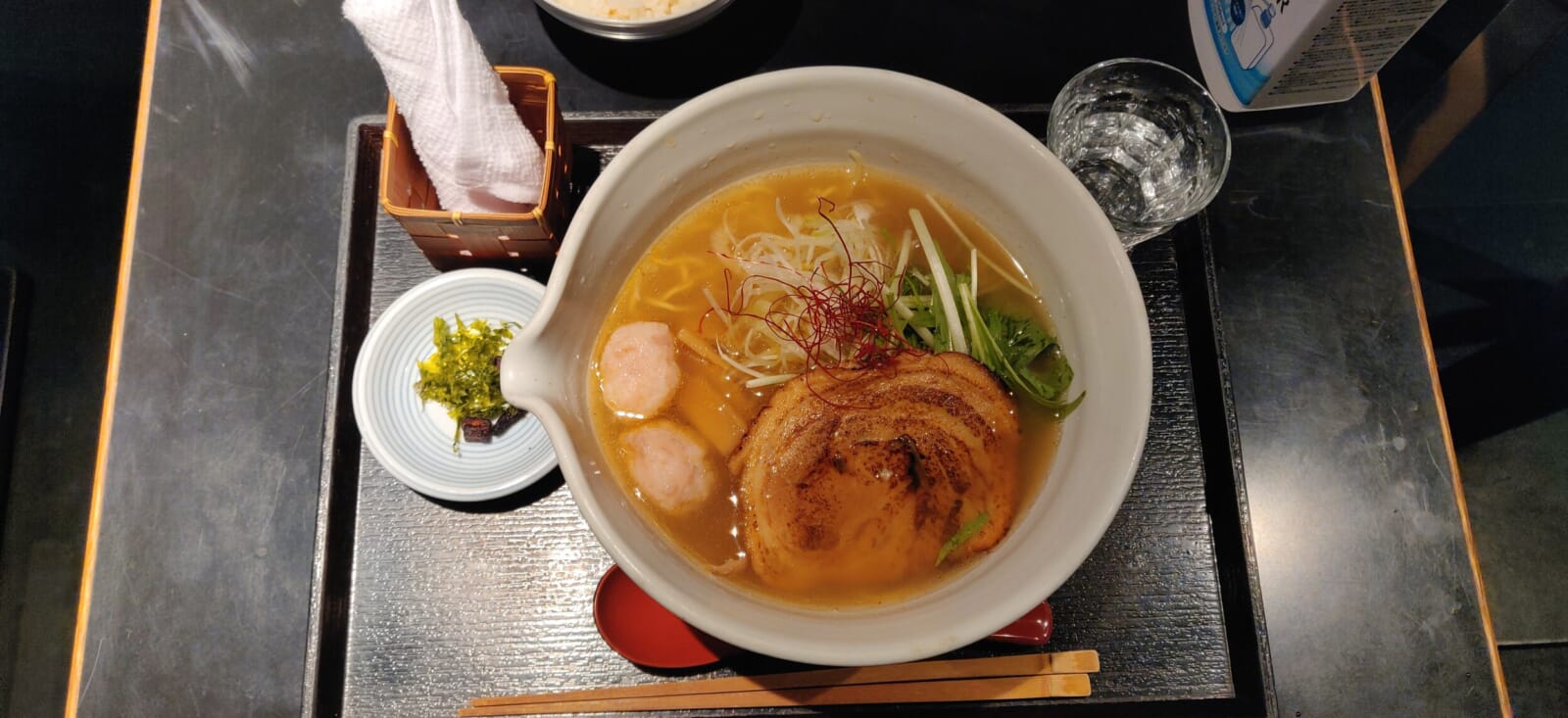
Alternative: Mendokoro Ginzasa
If you’d rather avoid the hassle of an online booking, take a look at Mendokoro Ginzasa, located a short walk from Shimbashi Station. Ginzasa features an equally phenomenal shio (salt) ramen using kombu, katsuobushi and niboshi as a base. Be sure to order a side of rice with sea bream that you can enjoy as an ochazuke (Japanese rice porridge), with the leftover soup to finish. It’s hard to beat the service and ambiance of Hachigou, but the ramen itself is equally impressive.
Reservation Shop: Japanese Ramen Gokan
The most trending ramen shop in central Tokyo is probably Japanese Ramen Gokan, which quickly became the go-to spot near Ikebukuro. Every Sunday from 11 a.m., you can use TableCheck to make reservations for the upcoming week (Wednesday to Sunday). Again, a similar booking fee, this time ¥390, is charged. Unlike Hachigou though, Gokan is reservation-only, so there’s no temptation to see if you can snag a walk in.
Gokan features both a chicken based shoyu (soy sauce) ramen in addition to a shellfish and chicken based shio ramen. Both are phenomenal and there’s a reason why the store shot up most ramen shop rankings, including on Tabelog. If you decide to visit, you may want to try the shio dish as it provides a unique shellfish flavor profile that you’re unlikely to experience outside Japan.
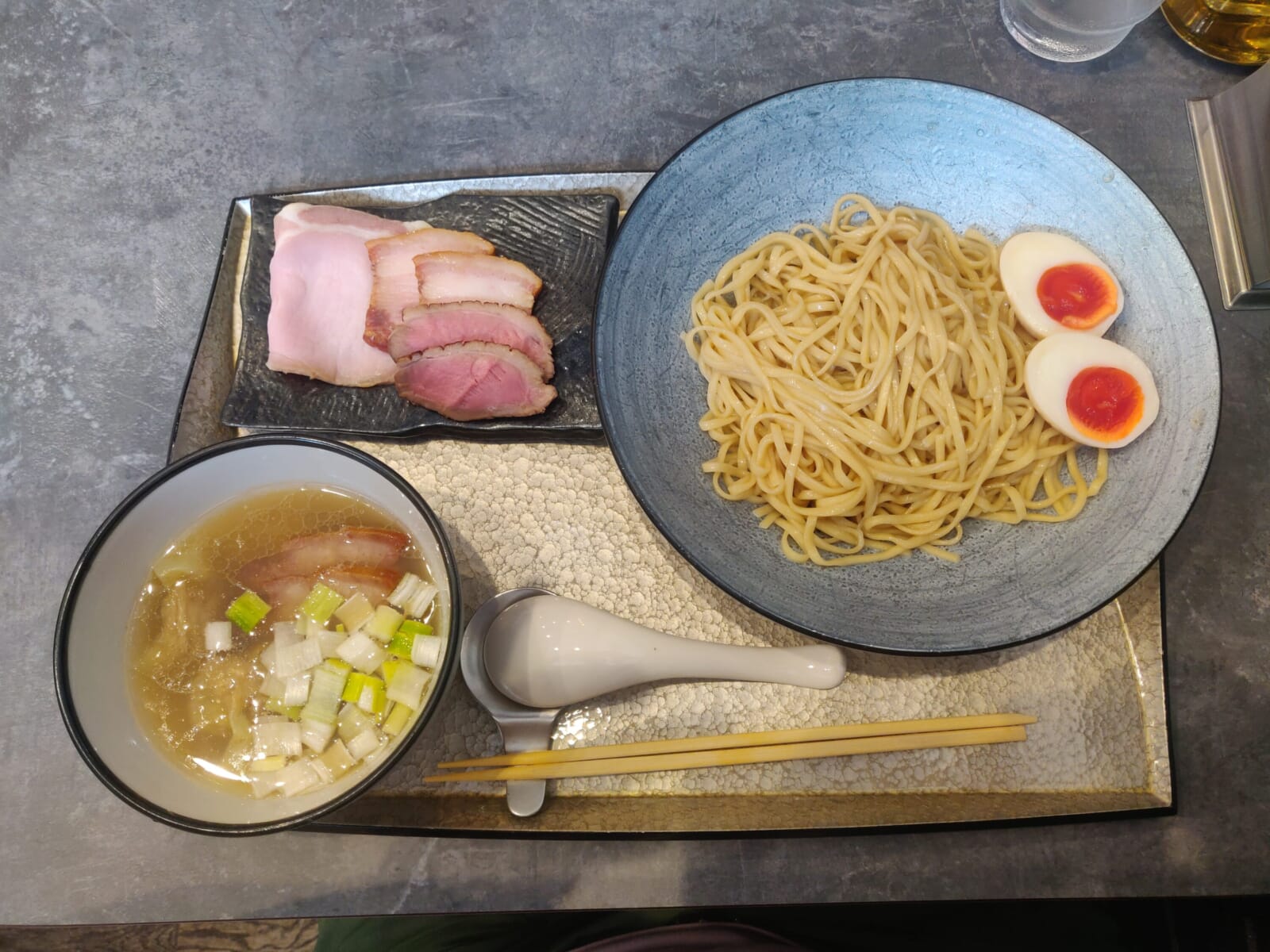
Alternative: Shinjiko Shijimi Chuka Soba Kohaku Ikebukuro
If you strike out on a reservation at Gokan, Ikebukuro Station provides plenty of alternatives to explore. Head west to APA Hotel and near the lobby entrance is the second location of Kohaku, a ramen shop that uses Shijimi clams from Lake Shinji in the northern part of Shimane Prefecture.
Again, the ramen of choice here is the shio ramen, which draws out the sweetness and savoriness of the clams to perfection. Be sure to grab the tokujo (highest grade) version, which comes with an assortment of extra toppings. The pork chashu is to die for, and you’ll wonder why such an amazing bowl can be had without an annoying online reservation.
Reservation Shop: Ramenya Shima
One of the most brutal ramen shops to visit is Ramenya Shima, which previously drew lines from 7 a.m., and usually sold out by the time of the actual opening time. While it had a hybrid system in the past, the shop changed to reservation-only via the Omakase app. Shima takes reservations a day in advance from 8 a.m., but again requires a ¥390 booking charge. First seating is at 8:45 a.m., and you can book in 30-minute increments until 2 p.m.
Shima serves both ramen and tsukemen in shoyu, shio and white shoyu. Tsukemen is limited to 10 servings a day, which might be tempting, but the rustic shoyu ramen is the most popular menu item. An airy, but impactful chicken broth is topped with a decadent chiyu chicken oil that is sure to blow your socks off.
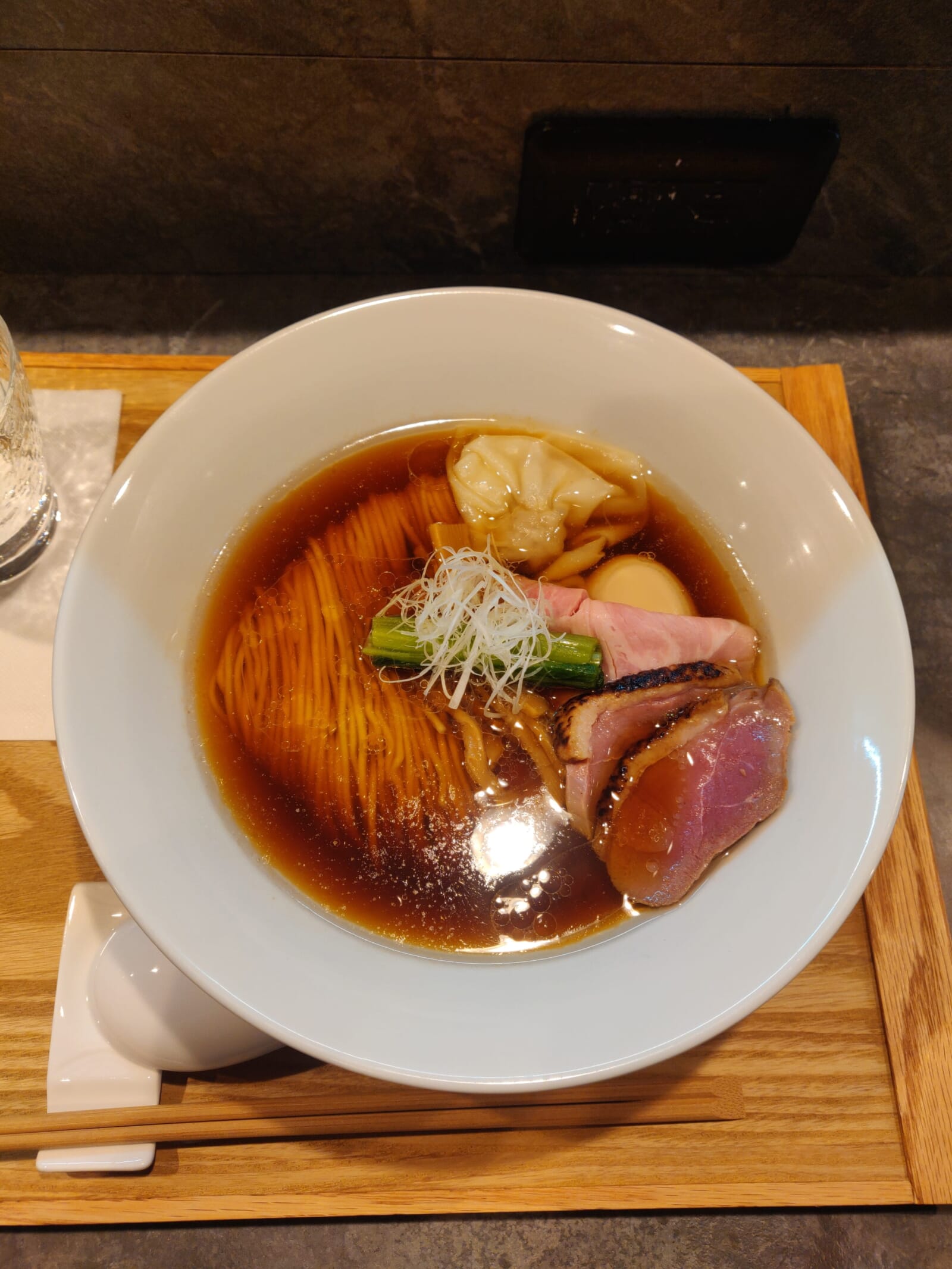
Alternative: Ramen Matsui
Similar in quality, though without the competitive reservation system, is Ramen Matsui, which is located a short walk from Shinjuku Gyoenmae Station on the Marunouchi Line. Here you’ll find a similar shoyu ramen, but the shio ramen is an excellent choice as well. The shoyu one uses chicken, dried fish, shijimi clams and Rausu kombu, while the shio features a scallop, shijimi clams and kombu broth.
If you opt for the shio ramen, be sure to order the tokusei (special), which comes with a variety of toppings including raw scallop sashimi. The wife of the mom-and-pop duo is a sommelier and, thus, has a wine pairing for both ramen dishes. Matsui is a phenomenal alternative that provides amazing ramen with lavish shop decor. Definitely a shop to keep on your radar if you strike out at Shima.

